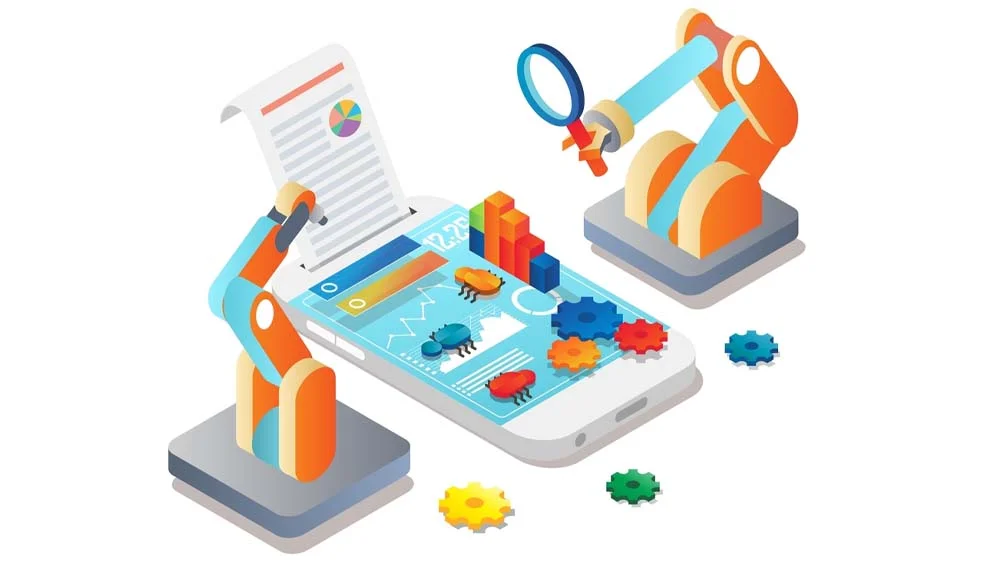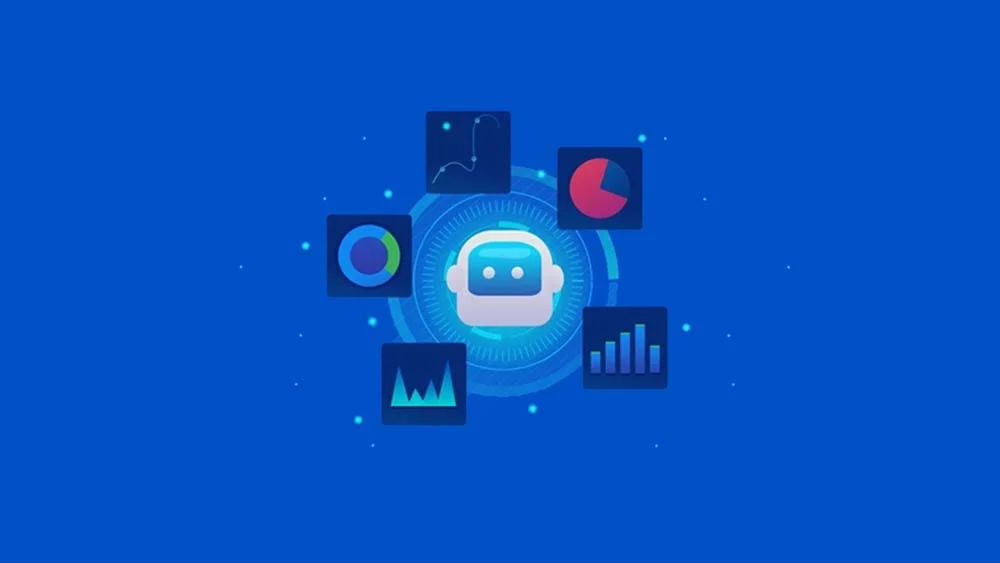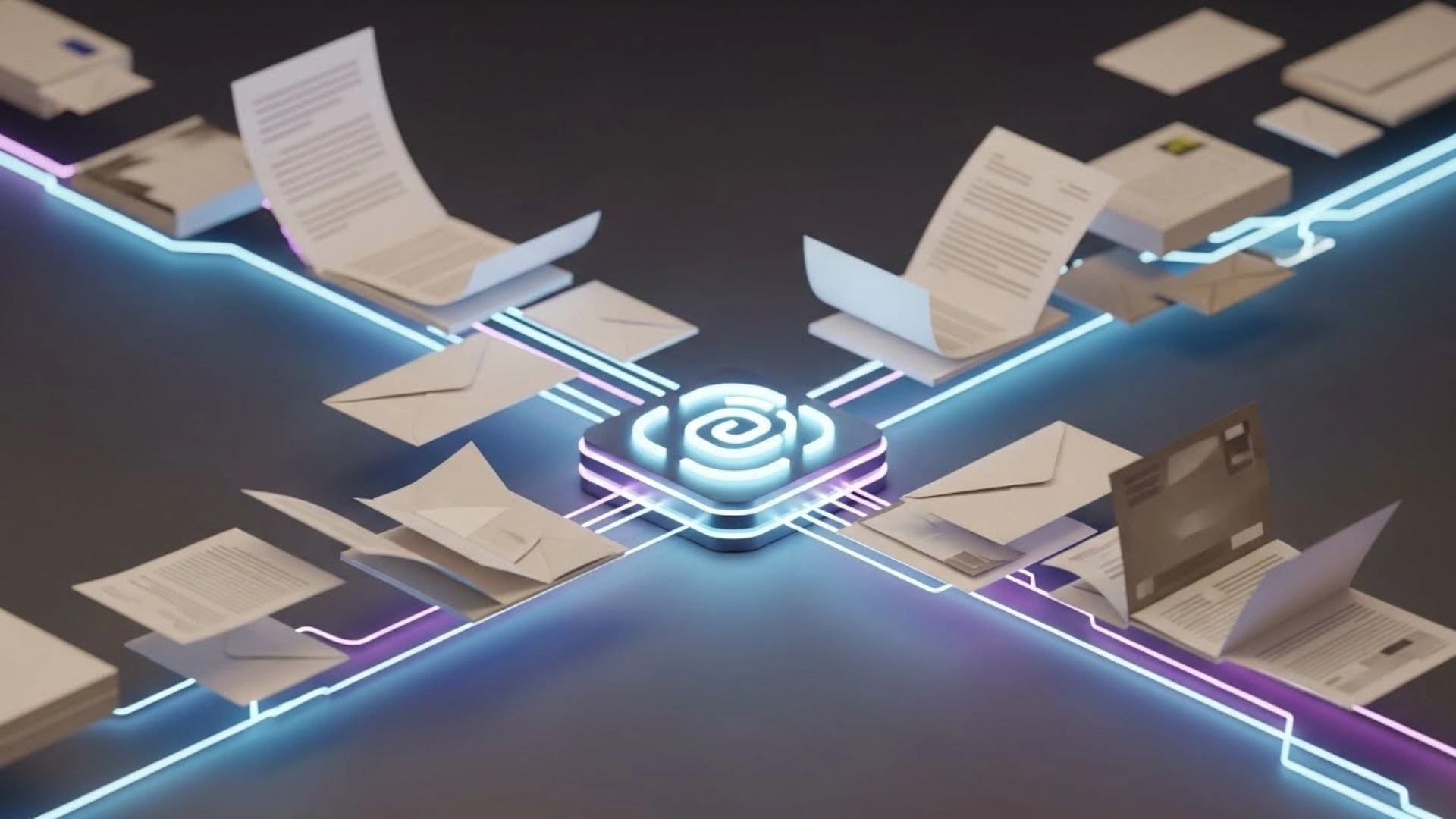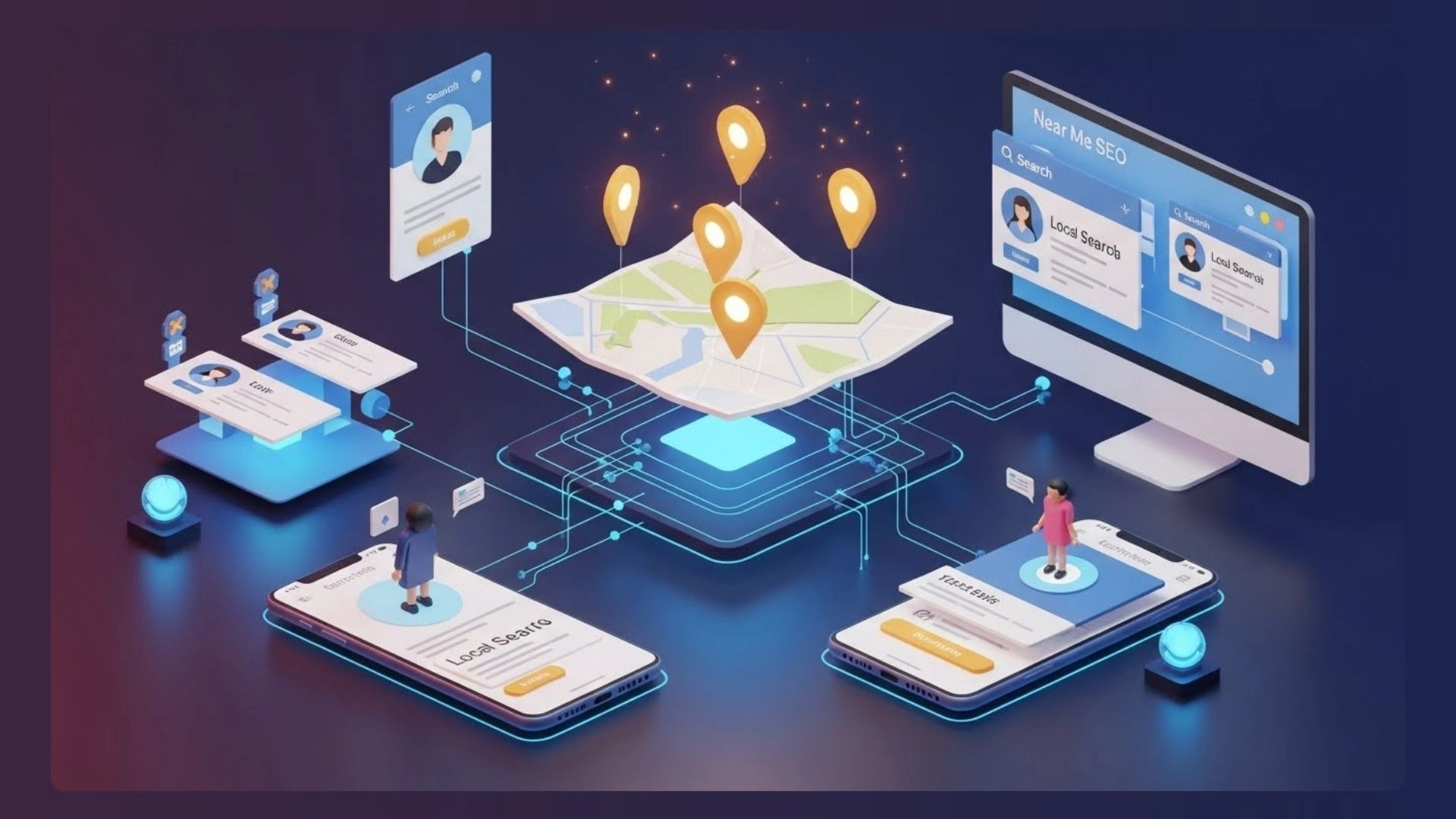Almost everyone agrees on the importance of testing, but many teams still skip or hand it off to developers. This can lead to delayed launches or, even worse, products hitting the market with bugs that frustrate users.
Sounds too dramatic? Well, it happens more often than you’d think—even with large AI-powered companies. For example, Amazon experienced a glitch that caused all their prices to drop to a penny, just as holiday shopping was peaking. Shoppers grabbed items for next to nothing because of that small error in the system.
This shows what can happen when testing isn’t prioritized. It’s not just Amazon; plenty of companies have suffered because they cut corners with testing. Why? Testing takes time and resources, something not all businesses can spare. But here’s the good news: AI-powered tools are shaking things up. They speed up the process, reduce errors, and make testing much more efficient.
Want to know how AI is making a difference in software testing? Let’s dig into it.
Understanding the Role of Artificial Intelligence and Machine Learning in Testing
Before we dive deeper, it’s important to know what AI and machine learning (ML) actually do.
AI enables machines to mimic human intelligence—learning, decision-making, and problem-solving. ML is a part of AI that helps machines get better over time by learning from experience.
Put simply, AI focuses on decision-making, while ML uses data to improve and predict outcomes. Together, they streamline testing and take it to the next level.
How Software Testing Has Evolved with AI
Not too long ago, testers relied heavily on static test scripts, which were time-consuming to create and prone to errors. They also struggled to keep up with the rapid pace of software development. With technology evolving faster than ever, relying on traditional methods just isn’t practical anymore.
Here are some of the main challenges testing teams face:
- Manual updates: Even the smallest change in features means updating test scripts, a tedious and error-prone task that eats up time and energy.
- Cross-compatibility issues: With so many devices, browsers, and operating systems, ensuring software works across all of them can feel like a never-ending battle.
- Shorter development cycles: Agile and DevOps approaches have sped up development, leaving less time for proper testing, which often sacrifices quality for speed.
That’s where AI has become a game-changer. Unlike human testers, machines can process volumes of data in little to no time. They can analyze data, cleanse irrelevant “noise”, recognize patterns, and make accurate predictions and well-informed decisions without human guidance.
This capability of AI, in particular, has become the foundation for creating testing frameworks that can cater to evolving demands.
Now, how does AI address these challenges, and how is it being used in testing? Let’s dive in.
Three Scenarios for AI Application in Testing
As of now, artificial intelligence is being widely used for the following three scenarios:
-
Defect Analysis
It helps software developers and QA engineers detect problematic parts of the code by analyzing patterns in previously discovered defects. It is also used to assist QA teams in developing test cases based on the probability of errors, ensuring no critical bugs slip through to production.
-
Regression Automation
AI simplifies regression testing by automating it with intelligent test scripts that adjust to changes in the software. If there are any issues that can potentially damage or break software functionality, AI flags them immediately, giving QA teams peace of mind about the quality of the software.
-
Self-healing Automation
The area where AI’s capabilities particularly shine is self-heating automation. This method is used for software whose product code often changes, requiring QA teams to update scripts constantly. AI can automatically spot these changes and adjust test scripts without human maintenance.
Key Benefits of AI in Testing
While the cost of incorporating AI in testing might seem rather steep at first, the benefits it offers for businesses and software development teams far outweigh the initial investment. In fact, the use of artificial intelligence in software development and QA control helps reduce testing costs down the line. Here are the main advantages of AI in testing:
- Comprehensive test coverage. AI solves the problem of testing infrastructure for those who don’t have a large in-house testing farm. Able to simulate a wide range of environments, it allows QA engineers to mitigate cross-compatibility issues by running tests across multiple platforms, devices, and operating systems.
- Fast tests. One of the strengths of AI is its ability to analyze log files virtually in seconds. The algorithms can detect flaws and system errors much faster than a human tester, no matter how experienced. In addition to speed, AI’s accuracy in spotting defects and bugs surpasses the capabilities of manual testing, reducing human errors to a minimum.
- Enhanced automation. Using AI even for regular tests helps save a lot of testing effort for QA and development teams. Instead of requiring testers to manually validate code after each new update, they can focus on their key tasks while AI takes care of the routine checks.
- Improved regression tests. Regression testing has always been a tedious and laborious process requiring lots of resources. With the help of AI, though, testers can save themselves a lot of time. It’s enough to pre-set the required user data, server logs, etc., and AI-powered tools will create hundreds of tests to validate the subtlest changes.
- Support of visual tests. In addition to the ability to quickly process information, AI can work with various sources of information, making it a powerful tool for checking UI website content. This way, some of the most complex tasks, like checking load times and responsiveness of the design, can be entrusted to the machine’s intelligence
When implementing AI-powered testing, ensuring data security is essential. A password manager becomes crucial for managing access to sensitive information during the development and testing phases, protecting user data while enhancing collaboration between QA and development teams.
When AI Shouldn’t Used
Despite the many benefits that AI tools bring to the table, there are a number of scenarios where relying on artificial intelligence wouldn’t be a smart move. Here they are:
- UX design. While AI can definitely help with creating a user-friendly interface, it is absolutely helpless when it comes to evaluating the user experience (UX). Because it’s not a human being, it can’t tell for sure if the product is easy to use and meets user expectations. Therefore, it’s best to entrust this job to professional UX designers.
- Analysis of test results. Although machine learning can quickly learn from the information it processes, most of the time, it needs human guidance to gauge outcomes and decide which steps should be taken next.
- Documentation review. Despite the fact that AI can process structured and unstructured data, reviewing technical documentation isn’t the task it’s suitable for. Documentation often includes rather specific details that AI tools, however good they are, may struggle to interpret correctly.
- Complex projects. In large-scale projects, the use of AI alone might not be sufficient for testing. Complex projects often require a deep understanding of the project’s goals, specifications, and architecture—the task that is best done by human experts.
- Exploratory testing. This type of testing is only valuable when performed by manual testers who can use their skills and judgment to interact with an app or new features.
The Role of AI and ML in the Future of Software Testing
As we move into the future, the impact of technology will become even more profound, affecting all aspects of testing. Testing will become more autonomous, freeing up more time for testers on other high-priority tasks. Who knows, maybe we’ve only got a few years left before testing procedures will be performed exclusively by AI?..
While the idea of artificial intelligence running tests all by itself seems very exciting, it’s not going to happen tomorrow. With that said, there are a number of trends that are already making waves and will become stronger. Let’s take a look at these trends to see what we should get ready for.
Integration with Other Technologies
AI and ML aren’t the only technologies that have picked up steam in recent years. We have also witnessed the rise of blockchain, the Internet of Things, and edge computing. As these technologies become more prevalent, they will integrate with AI and machine learning to improve software testing.
For projects that require robust cloud infrastructure and scalable solutions, engaging Microsoft Azure consulting services can be a strategic move. These services help optimize AI-powered testing frameworks by leveraging cloud resources efficiently and securely.
Continuous Learning
AI’s performance is getting better all the time. The more data it works with, the better it becomes at reading it and the more accurate its predictions become. This continuous learning drives AI’s capabilities further, ensuring it keeps pace with development cycles and can quickly adapt to changing scenarios.
AI-driven Collaboration
AI will improve collaboration between QA and development teams by providing insights that will help tailor testing strategies according to the skills and expertise of each team member.
Smarter test case generation
AI will take the burden of writing test cases from scratch after every product update. Whenever changes are made, it will automatically generate test cases, freeing QA teams from having to do repetitive work.
Conclusion
In a nutshell, AI and machine learning are revolutionizing software testing. They speed up repetitive tasks, improve accuracy, and help QA teams deliver higher-quality products faster. The future of software testing looks brighter, with AI tools becoming a key part of the process. Whether you’re just starting with AI-powered testing or already deep into it, the potential for improvement is limitless.






